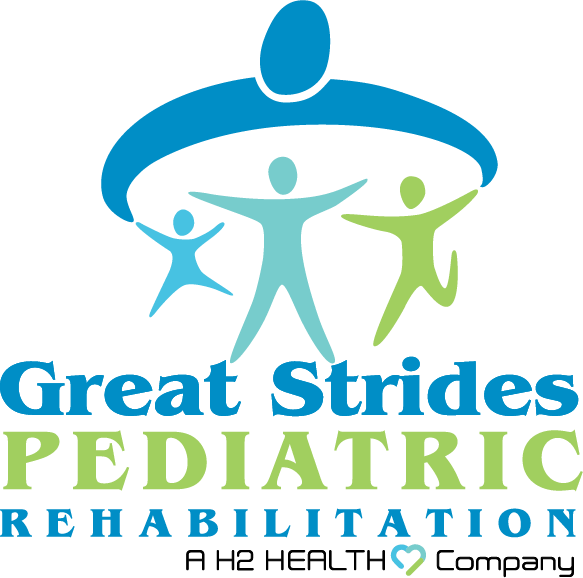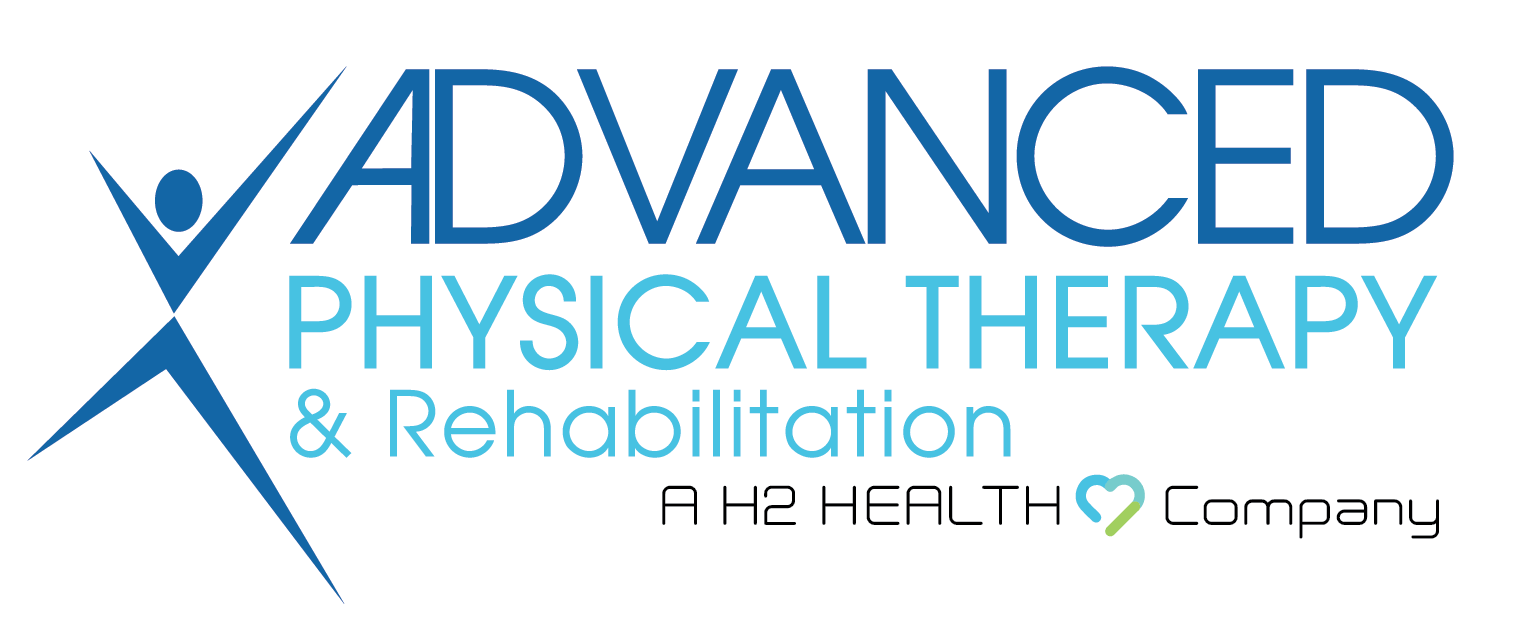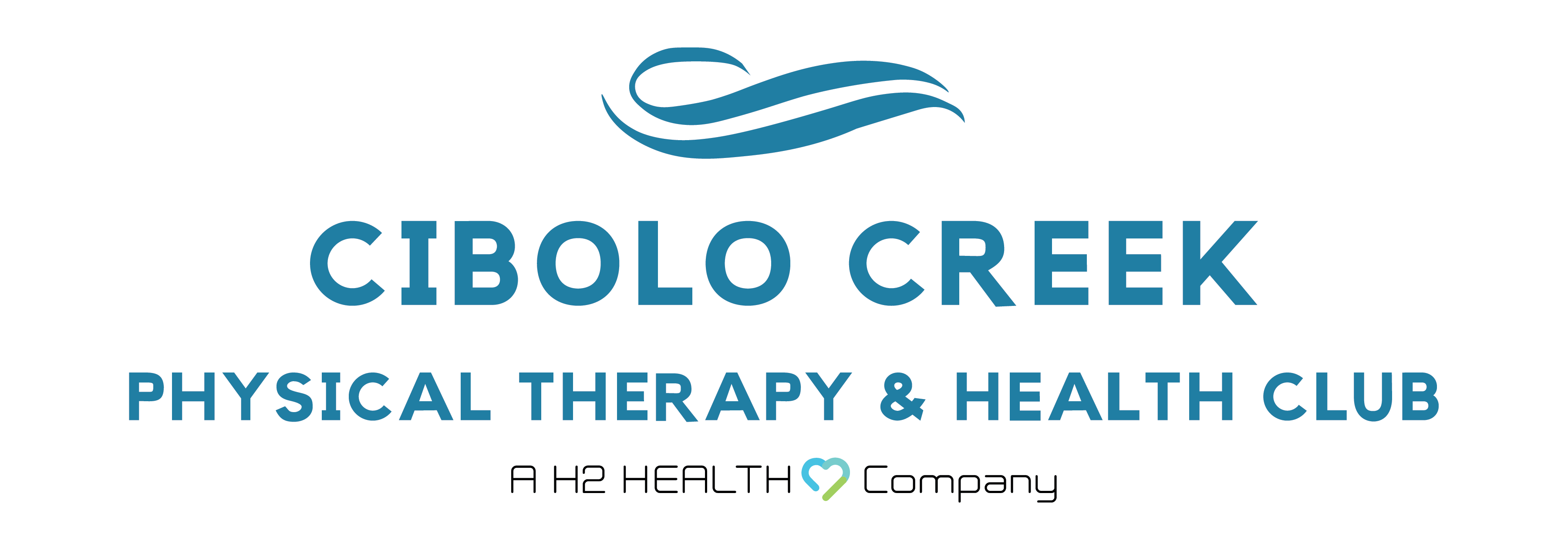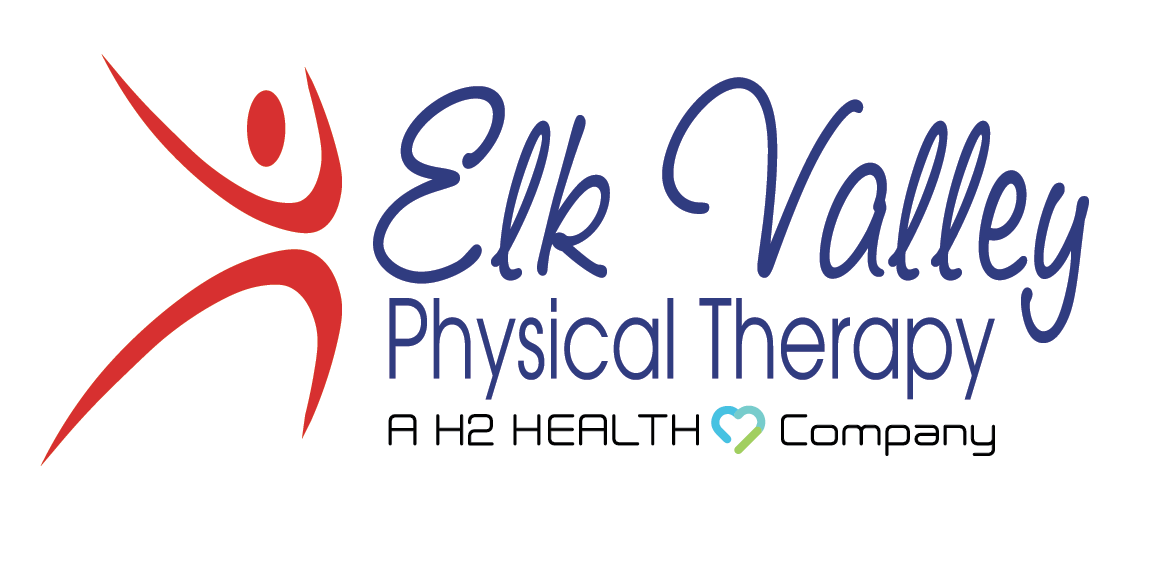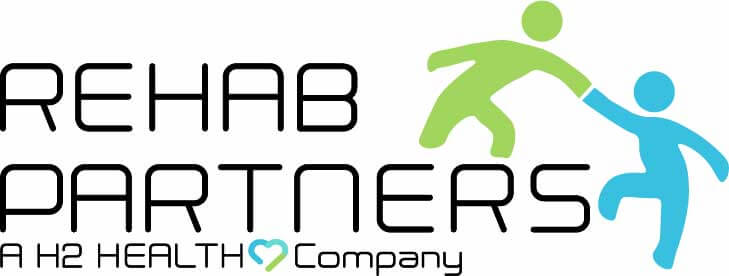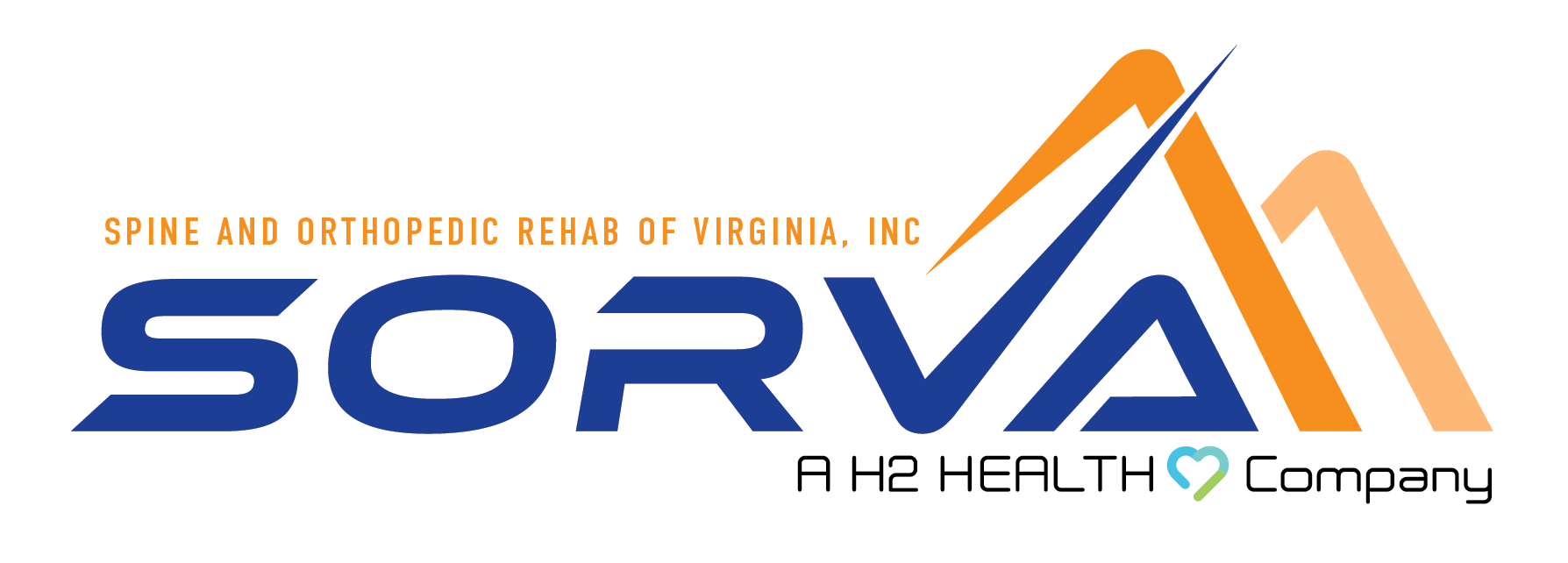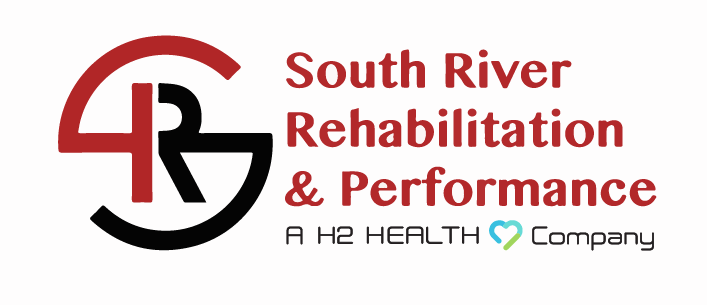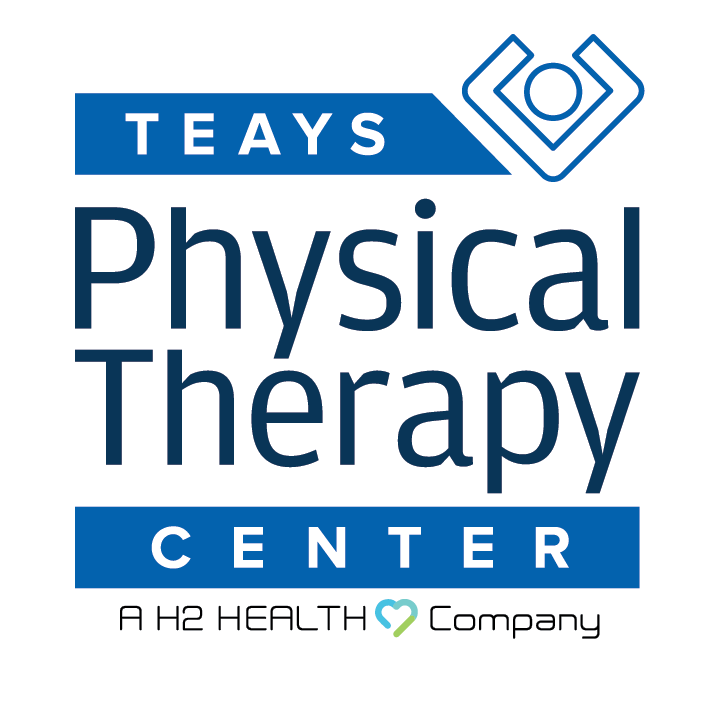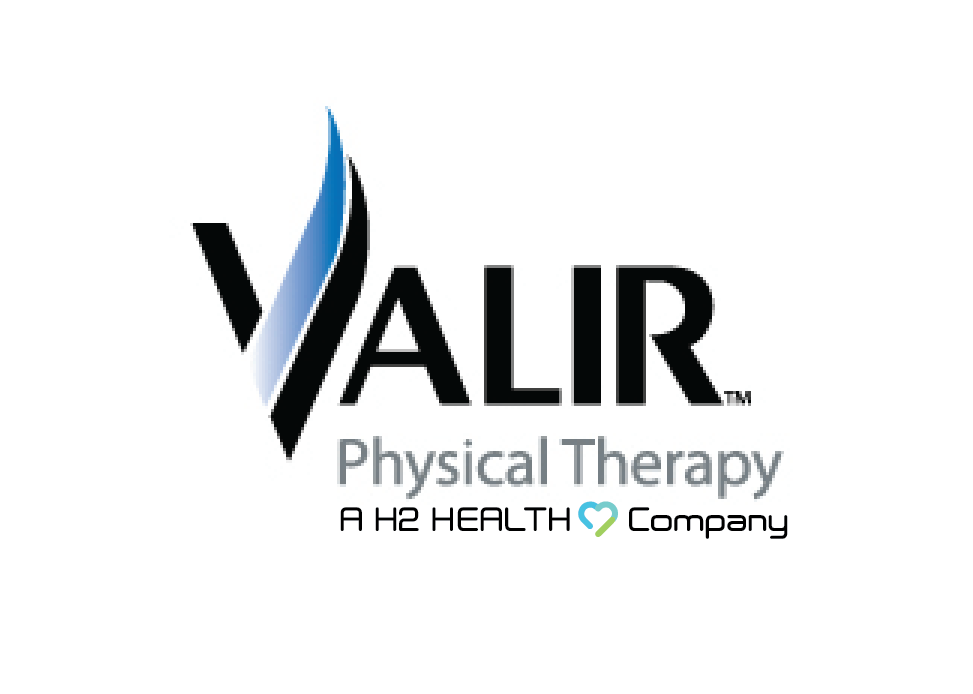TEAYS VALLEY BALANCE THERAPY
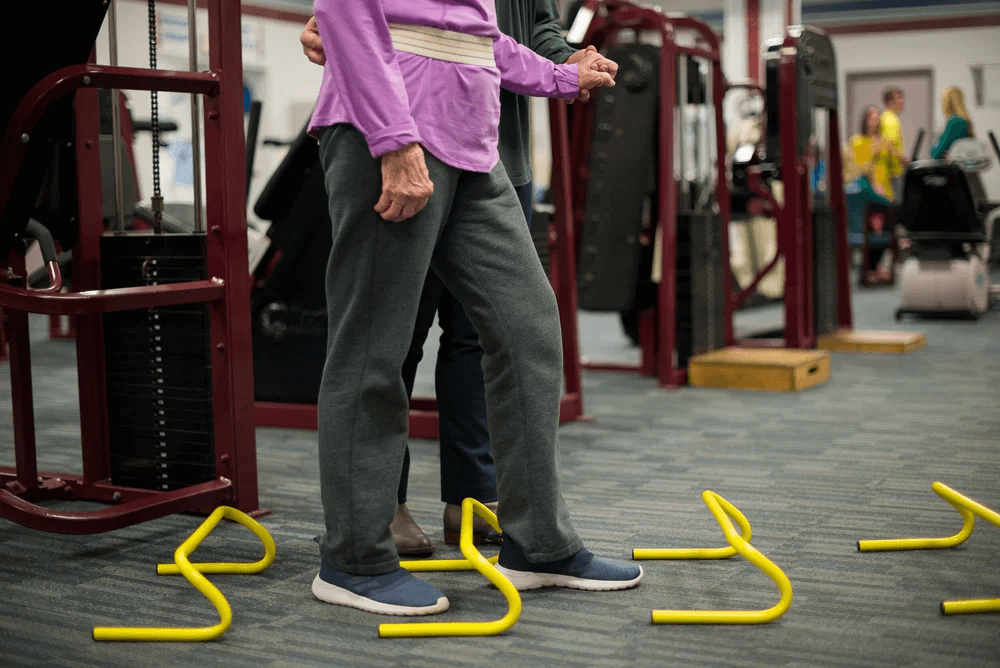
According to the U.S. Centers for Disease Control and Prevention, falls are the leading cause of injury-related deaths among adults 65 years and older. One-fourth of older adults fall each year, and these injuries can also rack up significant costs from the ER, hospital care, nursing home and home health care. Every 11 seconds, an older adult is treated in the ER for a fall. But falls are not inevitable. Teays Valley balance therapy is available! There are steps you can take to reduce your fall risk, including educating yourself and enrolling in a balance training program.
Normal aging causes loss of flexibility, agility and balance. These aging deficits combined with fear of falling increases the risk of falls and injuries. In addition, both actual falls and the fear of falling can cause older adults to limit activities and their social life, which can in turn lead to depression, feeling helpless and additional physical decline.
Learn how the expert therapists at Teays Physical Therapy Center can help you gain confidence and stay on your feet!
Who Should Receive Balance Therapy?
Balance therapy is beneficial to anyone with a history of:
- History of a previous fall
- Limited flexibility
- Joint pain or osteoarthritis
- Balance issues
- Osteoporosis, or fragile bones
- Weakness in the legs
- Vision issues
- Medical conditions such as Parkinson’s disease, stroke, diabetes, heart disease or dementia
- Depression and anxiety
- A recent hospitalization
- Sedentary lifestyle
- Obesity
- Wearing the wrong footwear
What To Expect From Teays Valley Balance Therapy?
A customized treatment plan is the key to your success. We review your medical history and use established research questionnaires, tests and measures to identify your personal risks.
We then develop your customized treatment plan that best meets your fall prevention needs. This includes specific, supported training exercises designed to put you off balance, such as standing on a foam block, sitting on an exercise ball while lifting a hand weight, walking around obstacles or standing on one leg. These types of exercises force your body to adapt, so that you can better navigate real-world balance challenges. Strength and endurance training are also key elements for fall prevention. By strengthening specific muscle groups that aid you in your balance and improving your overall health through aerobic exercise, you can improve your balance and ability to recover when you lose it and reduce your risk of falling.
Your therapist will also educate you in other ways to minimize your fall risk in the future and maintain the highest quality of life. This includes reviewing the activities that are safe to perform throughout your treatment as you regain your mobility as well as suggesting the most appropriate modifications to your home, to help ensure a safe environment. Finally, we can direct you to other educational resources so you can learn more about the best ways to reduce your risk of falling.
STARTING TEAYS VALLEY BALANCE THERAPY
In West Virginia, patients can access balance therapy directly, meaning you can schedule an appointment with a licensed physical therapist without needing a physician’s referral. This direct access allows you to begin addressing issues like dizziness, vertigo, or fall risk sooner, helping you improve stability, confidence, and overall mobility. Before scheduling, it’s important to check your insurance plan, as some providers may still require a referral for coverage or reimbursement. Verifying your benefits ahead of time ensures you can start therapy promptly while avoiding unexpected costs.

Teays Physical Therapy Center is proud to be part of the H2 Health network, a nationwide family of rehabilitation clinics committed to delivering high-quality, patient-centered care. By being backed by H2 Health, Teays benefits from shared clinical expertise, advanced continuing education, and access to innovative treatment approaches that elevate the patient experience. This connection allows the team to combine the personalized attention of a local clinic with the strength, resources, and support of a larger organization—ensuring patients receive consistent, evidence-based care designed to help them recover stronger and maintain long-term wellness.
